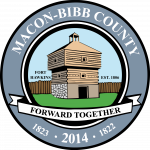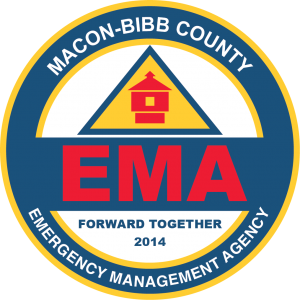Hurricanes
Hurricanes are massive storm systems that form over ocean water and often move toward land. Hurricanes are dangerous and can cause major damage from storm surge, wind damage, rip currents and flooding. They can happen along any U.S. coast or in any territory in the Atlantic or Pacific oceans. Storm surge historically is the leading cause of hurricane-related deaths in the United States. While hurricanes only occur in coastal areas, rain, wind, water, and even tornadoes can happen far inland from where a hurricane or tropical storm makes landfall.
There are measures to take in your home prior to hurricane season. This will help eliminate any damage if weather occurs in your area. Atlantic Hurricane season runs from June 1 to November 30, with peak occurring between mid-August and late October. There is NEVER a wrong time to prepare your home.
| Wind | Flood |
|
|
Determine your best protection from high winds and flooding. Have a plan to evacuate and a plan to shelter safely. Take time now to gather the supplies and knowledge you will need when the storm arrives.
| Plan to Evacuate | Plan to Shelter Safely |
|
If advised to evacuate, do so immediately and go to a safe place.
|
|
If you evacuated your home, don’t return until local officials have declared that it is safe to reenter the area. If your home was damaged by hurricane-force winds or flooding after the storm, it should be carefully inspected and thoroughly cleaned. Avoid damaged or fallen power lines, poles, and downed wires; they can electrocute you. When cleaning up your home, wear appropriate protective equipment including gloves, goggles, and boots. Be mindful of overworking; work with a partner when dealing with heavy debris and make sure to take constant breaks to prevent heart issues.

